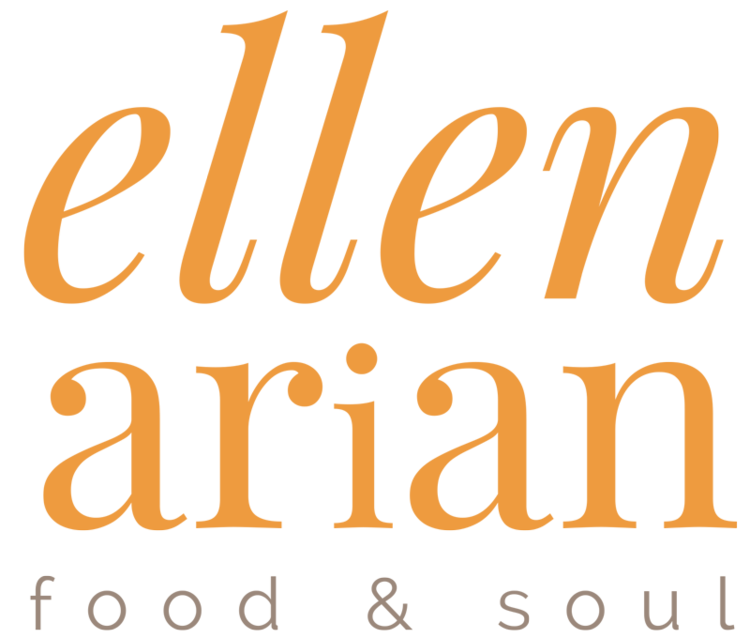In the 12,000 years since agriculture began, farmers have planted crops and then wondered whether they would outlast the storms and critters. Their lives were consumed with crop success and failure, and with whether there would be a harvest and food on the table to last the winter. Our modern times, however, have brought us vast food choices and food security, which are both good, but this development is largely because so much of our food comes from an industrial food system rather than from nature. If you are reading this post, I am guessing you care something about this handoff.
As people who care, there is a lot that we know, but there is more that we don’t know. Most of us know little about seeds, for example, yet they, along with soil, are where the story of our food begins.
Seeds once belonged to all of us. They were a part of the public commons and could no more be owned than fire, or air, or water could be. But seeds are now patented and owned by chemical companies. If this the first time you’re hearing this, have a look: Seed Industry Structure. We, all of us who care, might want to learn more about the seeds that form the bedrock of our food system. To quote Ken Greene, visionary co-founder of the Hudson Valley Seed Library, “Every seed tells a story.” Let me give you a few loose definitions so the story is one you begin to understand.
Open pollinated seeds come from plants pollinated in nature by insects, birds, wind, or people. Since nature is variable, there is variation in the plants that grow and this allows them to adapt slowly from year to year, accommodating, for example, a changing climate. As long as pollen from one variety within a species doesn’t cross with pollen from another variety, seeds “grow true,” which means you can save open-pollinated seeds and they will remain stable and breed true from year to year.
Heirloom seeds have a history before our generation. They are handed down and passed on in the same way anything is that we hold precious and dear. Heirloom seeds are always open-pollinated, but not all open-pollinated seeds are heirlooms.
Hybrid seeds are the result of two species being crossed by human intervention to breed for a desired trait. Plants grown from hybrids are not necessarily bad, but we cannot save their seeds because offspring will not breed true and the plants will lack vigor. About any hybrid seed, we might ask: “What is its story? What sort of money and labor are behind it?” As an aside, a crop can be labeled organic, even if it’s grown from hybrid seed, as long as the growing methods are organic. So this label tells us little about a seed’s story.
As a sourdough bread baker, I look to wheat as an example. We once had 100,000 distinct varieties. Today, a handful of patented hybrid varieties dominate globally, while heirloom varieties bred by farmers are becoming extinct. Modern strains of wheat have an altered structure. So that it can be harvested cheaply, the wheat has been hybridized to grow low to the ground, with sturdy stalks and heavy, easy-to-separate grain heads. It has also been hybridized to have a high gluten content for lighter, fluffier loaves of bread. Hybridized wheat requires synthetic fertilizers and heavy irrigation. It has also been associated with a steep rise in gluten intolerance and obesity.
Here are a few more facts worth thinking about. In the last 100 years, 94% of seed varieties that were once planted in the U.S. have been lost. Three crops—wheat, corn, and rice—account for 87% of all grain production and 43% of all food eaten anywhere. Wheat alone constitutes 23% of the world’s food. Remember that crop sameness makes us vulnerable. Think about Ireland’s potato famine; 90% of Ireland’s potatoes were one variety.
And so what are we to do with this information? As a start, we might move forward with the understanding that when we plant a seed, or buy food with ingredients grown from seed, we are choosing an entire agriculture system. To deepen your understanding, pick up a book. I can recommend The Seed Underground as a place to begin. You might also check out Seed Savers Exchange online. Look for open-pollinated seed and heirloom seed when you make purchases for next year’s garden. Finally, keep an ear cocked; it’s my bet that seeds are where the conversation around food is headed.
To quote Ken Greene again: “Every seed has a story, a story of where it came from and how it was grown and used. When you plant a seed, you plant a story and when it grows it tells a story. What story do you want to tell?”
Copyright, Ellen Arian, Ellen’s Food & Soul



